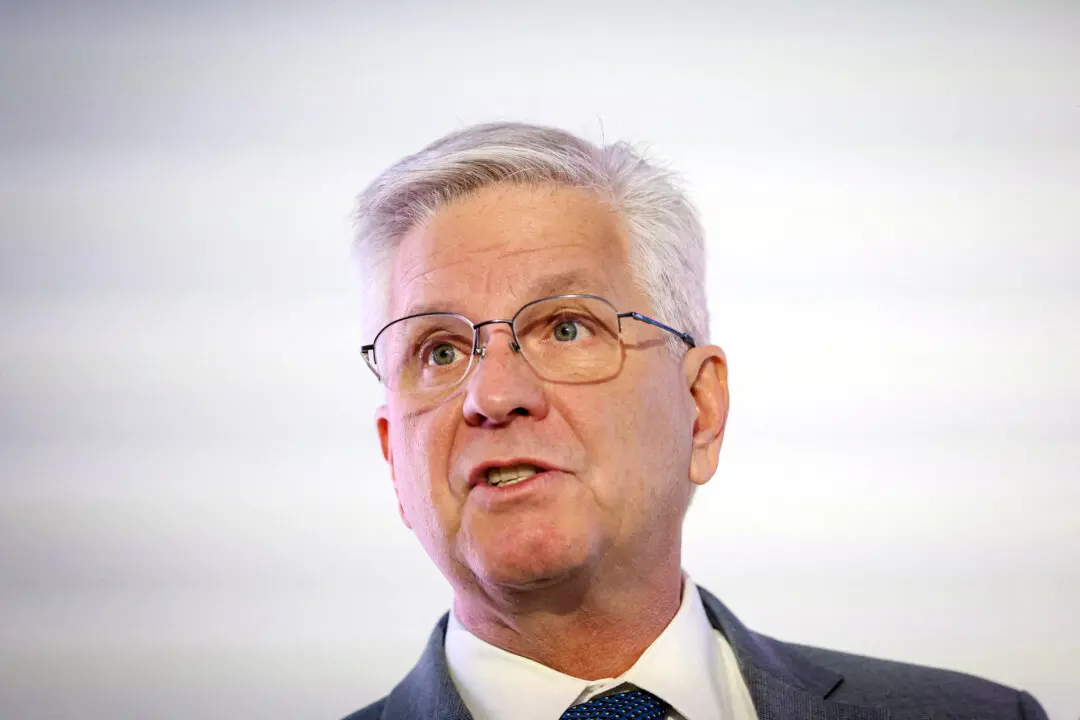A new report by the Committee for a Responsible Federal Budget (CRFB) estimates that the policies the Biden administration has implemented through executive actions and legislative efforts will add about $4.8 trillion to deficits between 2021 and 2023.
Even if the American Rescue Plan (ARP) were removed from the equation, the White House would still have contributed approximately $2.5 trillion to deficits until 2031, the organization stated.





